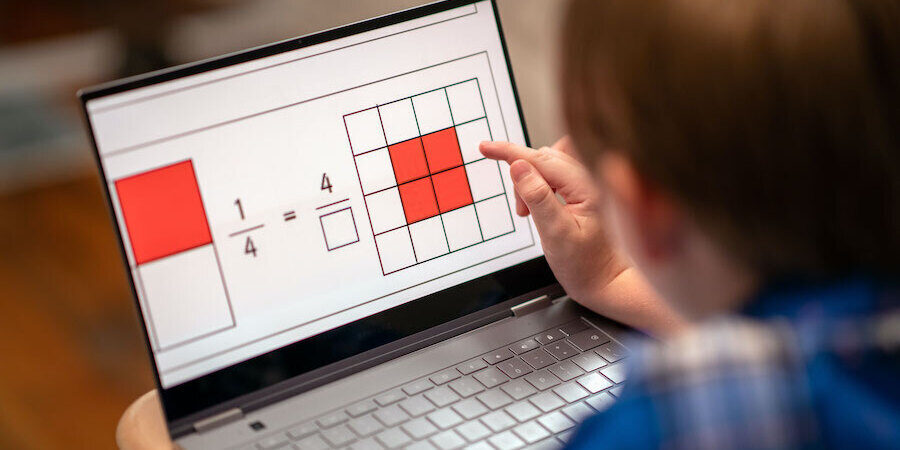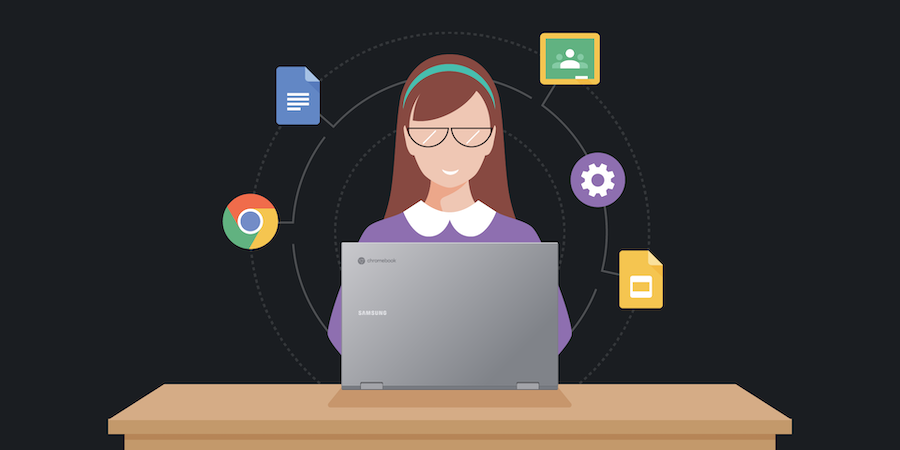Beyond supplying a wide range of versatile educational tools, Google Classroom also plays well with other apps. Teachers can import student rosters into compatible apps and send assignments, videos and activities directly to Google Classroom using the “Share to Classroom” option. Students gain easy access to their assignments, and they don’t have to keep track of different logins for all the apps they use.
App integration streamlines digital learning and saves time for both students and teachers. Here’s a roundup of eight great apps that integrate well with Google Classroom:
BrainPOP
Grade levels: K-3 (BrainPOP Jr.) and 3-12 (BrainPOP)
BrainPOP and BrainPOP Jr. give teachers access to hundreds of videos, games and quizzes that explain diverse topics to students of all ages. BrainPOP offers teaching materials for health, art, science, English language arts, math and science. Typically, students watch an introductory video on a particular topic and then choose interactive follow-up activities — including quizzes, games and vocabulary review. When BrainPOP is integrated with Google Classroom, students can log in through the Google launcher menu and submit their work from there directly.
Classcraft
Grade levels: K-12
A creative approach to classroom management, Classcraft is an online role-playing game that gives students opportunities to work together and score points as they model positive behavior and reach their academic goals. While Classcraft works great in a traditional classroom setting, it’s also a powerful student engagement tool for remote learning. Teachers can use the app to facilitate fun group activities like telling jokes and singing songs — and to create story-driven quests to help students achieve their learning goals. In the newest version of the app, teachers can choose when to unlock new functionalities within Classcraft as they and their students are ready to advance.
DOGOnews
Grade levels: Primarily 5-8
Geared mainly toward upper elementary and middle school students, DOGOnews is a free app offering kid-friendly content about current events. Most articles are several paragraphs long and may include images, videos or infographics to hold students’ attention. There’s also an option to listen to a narration of the text, a helpful tool for new or struggling readers. The paid Pro version of the app includes quiz questions for each article to check students’ understanding — plus Spanish assignments and Spanish narration.
Classtag
Grade levels: K-12
A free platform that facilitates parent-teacher communication, Classtag makes it easier for educators to have conversations with parents, make class-wide announcements and coordinate school events. The goal of Classtag is to reach every parent via their preferred contact method — whether that’s over text, email or a mobile chat app. Teachers can see who has read their messages, and invalid contact information is flagged so you can follow up and find a way to get connected. In your messages, you can include files from Google Drive or video links from YouTube. And Classtag allows you to import your Google Classroom roster, making it easy to integrate the two.
Edcite
Grade levels: K-12
Many teachers use Edcite to administer digital assessments — an especially helpful tool for remote learning. Educators can use the collection of ready-to-go teacher-made assessments, or create their own, with custom-formatted text, pictures, videos and links. Like many educational apps, Edcite has both a free version and a licensed version — Edcite Schools — which allows you to more easily collaborate and share assignments and data analytics across your district or educational program.
Flipgrid
Grade levels: 3-12
With Flipgrid, you can engage students in face-to-face discussions even when you’re not together in the classroom. The app allows you to create “grid” message boards where you can ask questions and students can submit video responses. The videos appear in a tiled grid, so it’s easy to see who has responded, and students can click through each other’s videos. Teachers can customize security settings and choose whether to allow students to record responses to classmates’ videos, as well as set a maximum video length to help keep students on track.
Transform the educational experience
Get your free guide to using and managing Chromebooks in K-12 schools. Download Now
WeVideo
Grade levels: Pre-K through 12th grade
For more creative video projects, WeVideo provides students with tools to edit and share their work. Younger students can use the Storyboard editing mode, which lets them rearrange clips and add music, text and narration. Switching to Timeline mode gives young moviemakers more options, like transitions, customizable text and green screen effects. The company now also offers WeVideo for Teachers, a budget-priced yearly subscription service that allows educators to create asynchronous learning materials such as lesson plans and instructional videos.
Wakelet
Grade levels: K-12
The free Wakelet app gives teachers an easy way to organize and share information and lessons with students. Use it to compile multimedia resources such as video links and articles in one Wakelet collection, and annotate them with your own explanations and notes. The platform supports a wide variety of different types of media, from text, web links and images to Google Drive files, PDFs and YouTube videos. Students can also use Wakelet to organize and present their research. And best of all, Wakelet integrates smoothly with Google Classroom, allowing you to import student accounts directly from app to app.
In tandem with Google Classroom, all of these compatible education apps make digital learning more dynamic for both students and teachers — so everyone gets the most out of the virtual classroom experience.
For more tips on using apps and technology to engage students, get 17 lessons tailored to remote learning in our free guide. And discover more of Samsung’s innovative digital learning solutions for today’s virtual, hybrid and reemerging in-person classrooms.








